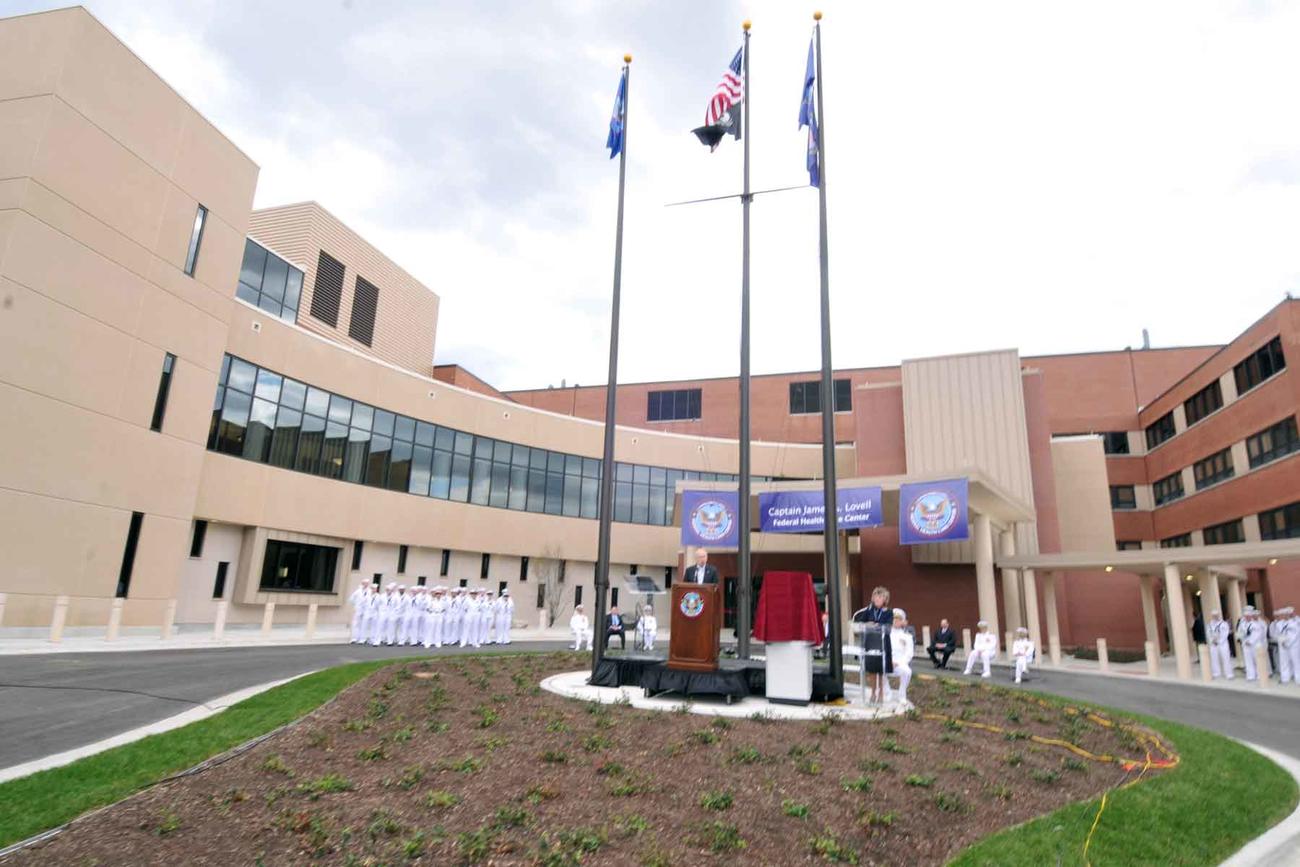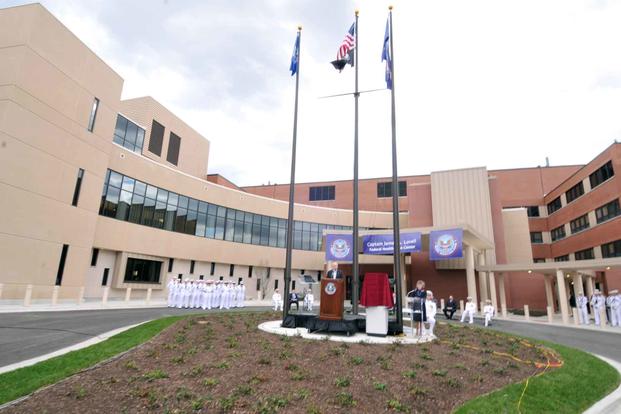

The introduction of the Oracle Cerner electronic health records system at the Captain James A. Lovell Federal Health Care Center in North Chicago, Illinois, has lawmakers questioning the future of the program at the Department of Veterans Affairs.
According to VA officials, the rollout in March was “promising overall,” with no critical patient safety incidents.
But the deployment needed the support of nearly 200 new staff members and 800 temporary workers, including experienced users from military treatment facilities, contractors and experts, raising concerns about cost and viability, said members of the House Veterans Affairs Technology Modernization Subcommittee on Monday.
Read Next: National Guard May Be Without Leadership After Last-Minute White House Nomination for New Chief
The full rollout of the new medical records system, used now at six VA medical centers, has been on hold since April 2023 over concerns for patient safety, a lack of user-friendliness and pharmacy components. Its introduction at Lovell, a joint facility operated by the VA and Defense Department, was to serve as a test bed for resuming the deployment VA-wide next year.
But given the effort and resources needed to ensure a smooth rollout at Lovell, lawmakers are wondering whether the VA can sustain that level of attention at future sites.
Subcommittee Chairman Rep. Matt Rosendale, R-Mont., said that if the manpower isn’t available, “the result could be a disaster.”
“Their ability to work around the problem is commendable, but make no mistake, despite all the spin, the problems have not disappeared,” Rosendale said during a hearing on the modernization effort.
Rep. Sheila Cherfilus-McCormick of Florida, the subcommittee’s ranking Democrat, also expressed dismay at the amount of manpower needed for the transition and the impact on the VA’s budget.
“The need for facilities to hire more people to do the same task will limit their ability to fill other vacancies. This could have a disastrous effect on veterans’ access to VA health care and would lead to further expansion of community care,” Cherfilus-McCormick said.
The VA awarded a $10 billion contract, later revised to $16.1 billion, to Cerner in May 2018 for an electronic medical record system that would work seamlessly with the system purchased by the Defense Department in 2015, ensuring that service members and veterans would have a single digital record for most of their lives.
The Oracle Cerner system known as MHS Genesis is used at roughly 50 Defense Department military treatment facilities worldwide while the VA’s version, Millennium, is in use at medical centers and affiliated clinics in the Pacific Northwest and Ohio.
In April 2023, the VA paused further deployments of the system for a “reset,” following reports of patient harm caused by the system and an IG report that found a technical construct caused 149 patients to lose referrals in the system for additional or specialty care.
A decision was made for the VA to work with Oracle, which purchased Cerner in 2021, to improve operations, streamline the system and test it at Lovell, which also was the last DoD site to receive the system.
According to VA Secretary Denis McDonough, the Lovell rollout was an integral step in resuming the program in fiscal 2025.
“We’re committed to this. We see this as in the veterans’ interest,” McDonough said during a hearing on the VA’s fiscal 2025 budget in April.
During the hearing, Dr. Neil Evans, acting program executive director of VA’s Electronic Health Record Modernization Integration Office, said the deployment at Lovell went well. According to Evans, the facility was able to maintain full use of its emergency room and inpatient capacity and, while it saw a 50% decrease in outpatient appointments and care, it is now operating at 80%.
“The leadership and staff at Lovell … should be commended for their success. They’ve demonstrated tenacity and a continuous commitment to successfully adopting the new electronic health record to care for the veterans, Navy recruits, DoD beneficiaries and others who are served by their organization,” Evans said.
Still, lawmakers have concerns about the cost of the project, which Oracle maintains will not exceed $16 billion but doesn’t include many incidentals such as the increased manpower needed to adopt it and provide continued training for users.
A 2022 Institute for Defense Analyses report estimated that costs could exceed $50 billion over the program’s lifetime.
Evans said that, while the $16 billion did not include the sustainment costs of the program over time, he “didn’t know where the number $50 billion comes from.” He added that, once the VA has a deployment schedule, it can provide Congress with a revised cost estimate.
“We agree that a life-cycle cost estimate is critical for this program,” Evans said. “One of the things that we’ve said is that, as part of this reset, as we move toward restart and a new deployment schedule, that we would deliver a revised life-cycle cost estimate.”
